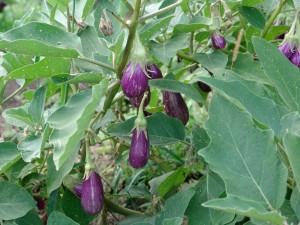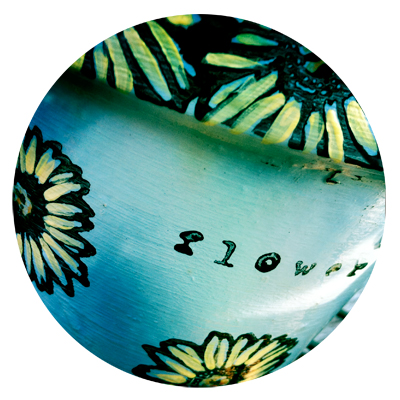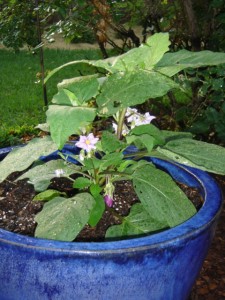Not a fan? Fairy Tale Eggplant might win you over in the Houston-area garden

Fairy Tale eggplant is a hybrid with outstanding taste, high productivity and one that requires little maintenance.
For many years I was never much of an eggplant fan. I had success growing them in the south, they’re not hard to grow, the problem was the effort typically expended to produce one Florida Queen, Black Beauty or any of the other “typical” eggplants — and by typical I mean the dark purple to almost black beauties the size of a small football – seemed to me an awful lot of commitment for the number and quality of eggplant the plant usually yielded.
They aren’t what I would call prolific, and more than once I’ve nurtured an eggplant along only to have an unsupported branch snap. To me it was too much time and effort for too little to show on the dinner table. Besides, the big eggplants, unless you soak them in water, tend to be greasy.
For these reasons for many years I forsook growing eggplants for other less finicky vegetables.
All of that changed the last two years. I still do not grow the typical eggplants, but I have found another that grows so well and tastes so good I have expanded the number of plants in my garden.
The difference is I am now growing Fairy Tale eggplants, a hybrid with outstanding taste, high productivity and one that requires little maintenance.
The genesis of this transformation came a couple of years ago, when I was talking with Liverpool grower Brian Crabtree about the varieties he grew, Calioke and Santa Rosita. They are the small variety eggplant, similar to Ichiban, but in my opinion much better tasting. I tried those, along with Fairy Tale, Antigua and a few others and the Fairy Tale was by far the best producing and best tasting of the lot.
It’s a beauty
Though not easy to germinate the Fairy Tale goes from seed to producing in 60 days or less. The plant is so beautiful I know some people who use it as an ornamental. Fairy Tale eggplant has large dark green leaves and woody stems. It grows 18 inches or so tall and 18-24 inches wide. It produces dozens of purple-lavender blooms tinged with yellow that are followed by clusters of two to five purple with white tinges fruit. The fruits should be picked when they are about four inches long, longer than that they can begin to fade.
They are very prolific. The six plants I tried as a test last year produced a few hundred fruits, and we had eggplant from June until December. The plants like moisture, but not wet feet, so we kept them well watered and mulched and other than feed them with a sea kelp mixture every three weeks they required no more care. The bugs left them alone.
Outstanding in the kitchen
Any dish you can use eggplant in, Fairy Tale will not disappoint. They are small, so it will take more of them than a typical eggplant but they are creamy and not bitter. I cut them up into disks, skin on, soak them in a bowl of cool water for about an hour and then dredge them in flour. After that I drop them in a skillet with a little olive oil, sprinkle sea salt and pepper and in about six minutes (turn them once) I have an appetizer or side dish that is healthy and very tasty.
Grow Fairy Tale’s in containers
The other plus is these plants do not need to be supported and can be grown in a large pot. As long as they get plenty of sun (six hours or so per day in our area is average, but I have seen the plant produce with less than that, see photos), and adequate water Fairy Tale eggplant will produce for you.
I’m a fan, and if you try these wonderful little eggplants, I’m betting you will be too.
(Jim Molony is a member of the Brazoria County Master Gardener Association).


I can vouch for this appetizer. Absolutely delicious!
1Great article and I agree with Tamia the Fairy Tail Egg plant are delicious.
2